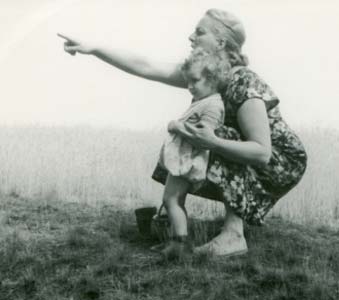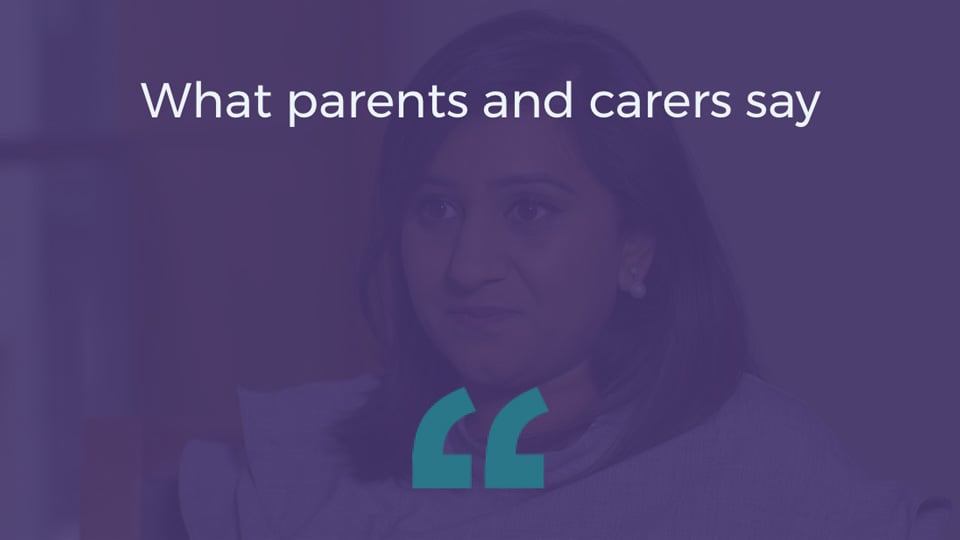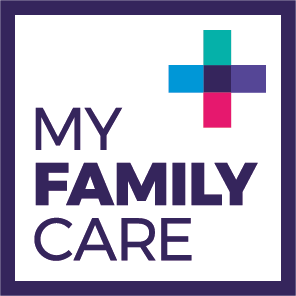Newsletter Sign Up
Regular work+family updates for
HR and diversity professionals.
My Family Care asks Harriet: Juggling the ever busy lives of the 21st century is sometimes hard, especially when one of those responsibilities is parenting. How do you think the role of the parent has changed in the past century? How has the role of parent adapted to fit with a work life balance? What differences do you notice and how do you cope?
To work or not to work
In 2012 whether you choose to be a Stay At Home Mom (SAHM) or join the ranks of the workforce, there's no denying the role of the parent in the UK has seen some definite change in the last one hundred years.
Having worked in childcare recruitment for decades, I can safely say that I have never been asked to find a nursery-maid or a governess. Even today, the vast majority of families who employ a nanny do so to enable the parents themselves to work. Yet in the late twenties and thirties, when "children should be seen and not heard" was the common school of thought, it was quite usual for wealthy families to offer paid employment to women from the "servant classes" who took on the role of proxy parent. Many devoted their lives to their charges, denying themselves the opportunity of having children of their own.
Working moms
As the 30s were due to a close, there was a cataclysmic change with the onset of World War 2. With all the uncertainty that lay ahead, it is hard to envisage fathers having to say goodbye to their children as they were conscripted into the services. This period is probably the birth of the working mother, as women were now expected to work in munitions factories.
Wartime mothers of those too young to be evacuated looked for help from grandparents or older siblings in the absence of fathers. Meanwhile city children were evacuated to the safety of the countryside to be cared for by complete strangers, alongside their own families. How hard it must have been for those children and their parents left behind... I can't imagine how my own family would ever have coped with that! In some cases husbands returning from service abroad made the first acquaintance with their offspring well beyond new-born stage, as they were born after the start of the war.
Peace returns
End of The mid-40s brought a return of peace to the country. Although men were re-united with their families and birth-rates increased, this didn't signal a partnership in the care of children. Childcare was still essentially regarded as womens' work, with only the privileged able to afford paid help with their children.
Day nursery care was reserved for the most needy and children were not admitted into a formal education settings until their fifth birthday. As families moved out to newly built post-war housing estates, grandparents were often separated from their grandchildren so this avenue of help and support was no longer available. Mothers spent a great deal of time with their children -making the 7 o'clock bedtime a popular rule!
Bad mothers?
The 50s brought only a gradual change in the provision, or seemingly, the need for childcare. Married women tended to give up their jobs when becoming pregnant with their first child. Even those who were professionally qualified were discouraged from continuing their careers.Those who left their children to a nanny's care were slightly disapproved of as "bad mothers". Some, who worked part time for financial reasons, left their children with a neighbour whose own children had grown up - a sort of surrogate granny. Were these the first stirrings of the now highly regulated childminder movement?
Social lives
As the 60s dawned, women wanted freedom of choice. While there were still many conventional families, where Dad was the bread-winner, some women now chose to work and delegated their parenting duties in order to do so. Couples spent more time socialising and babysitters became the norm. Mothers spent time with their peers at regular "coffee mornings" and some even chose to return to education. Their children were cared for by friends, or by the state at day nurseries, where places were reserved for those working or studying for careers, especially teaching. Towards the end of the 60s, private playgroups and morning nurseries sprung up in church halls or houses, often by mothers who could entertain other children along with their own.
Help for Mother
By the 70s, most children attended some form of pre-school education. Nurseries, after school clubs and childminders were now under the legislation of Social Services. Fathers began to pay a bigger part in childcare, as they got to know their children from an early age, and even occasionally changed a nappy! The au pair or mother's help became a new phenomenon as young girls arrived from Europe to help with childcare, in return for board and lodging and a chance to learn English. Some of the children began speaking French or German picked up from Gundrun or Celine....!
Career Mums
The 80s saw a leap in the amount of childcare provision as the "Career Mum" was born. Parenting generally became more of a shared task, enjoyed by both Mum and Dad. Bedtimes were often more flexible, as parents wanted to spend time with their children at the end of the working day. Sometimes fathers became more engaged in their role, while their partners focussed on the career ladder.
More recent years have seen full-time SAHMs a rarity, rather than the norm. Maternity leave has been increased by parliament, and paid paternity leave is being taken up in increasing numbers without anyone batting an eyelid.
What a difference 100 years makes!
Harriet Dean, Working Mother of two












